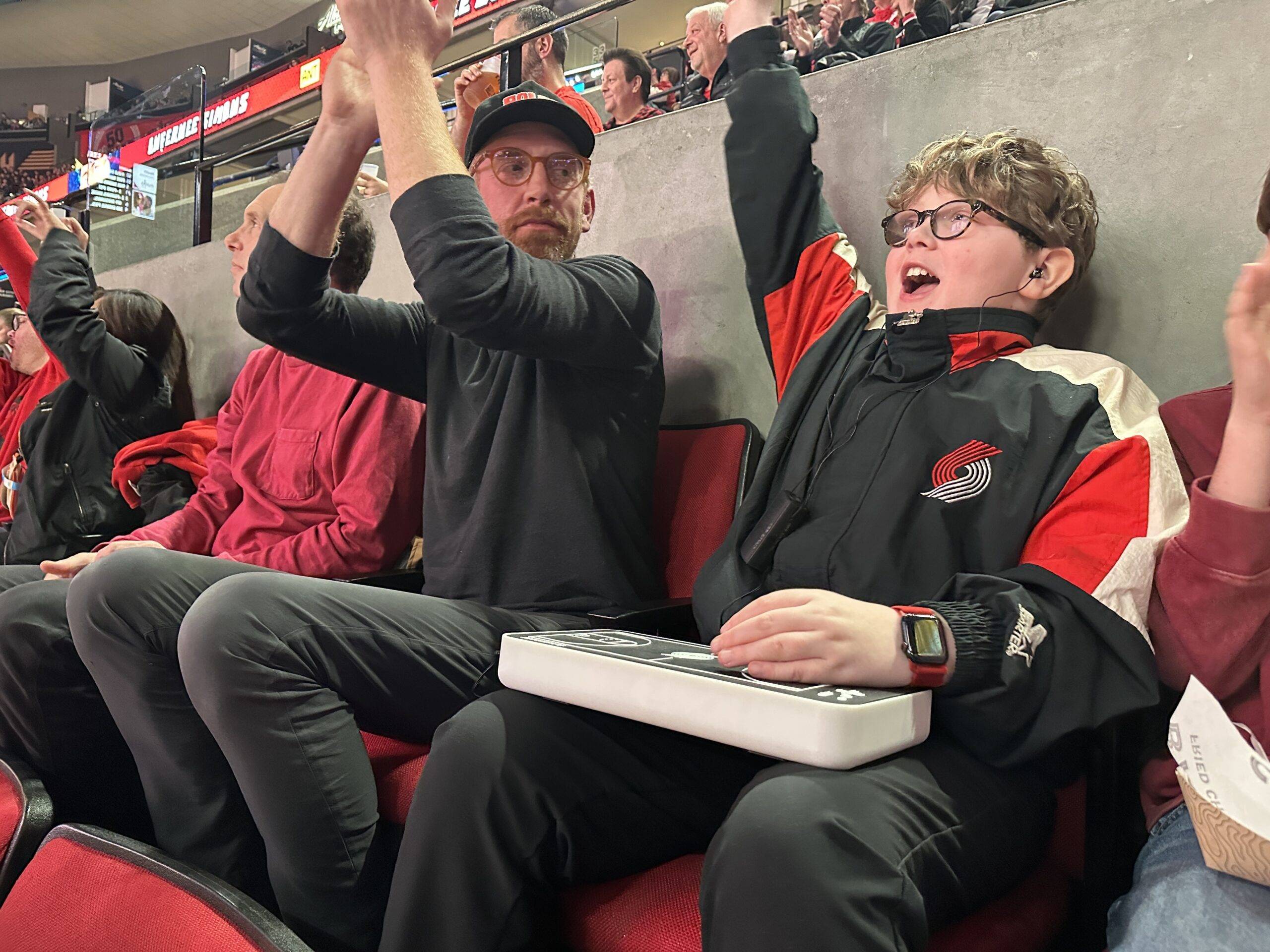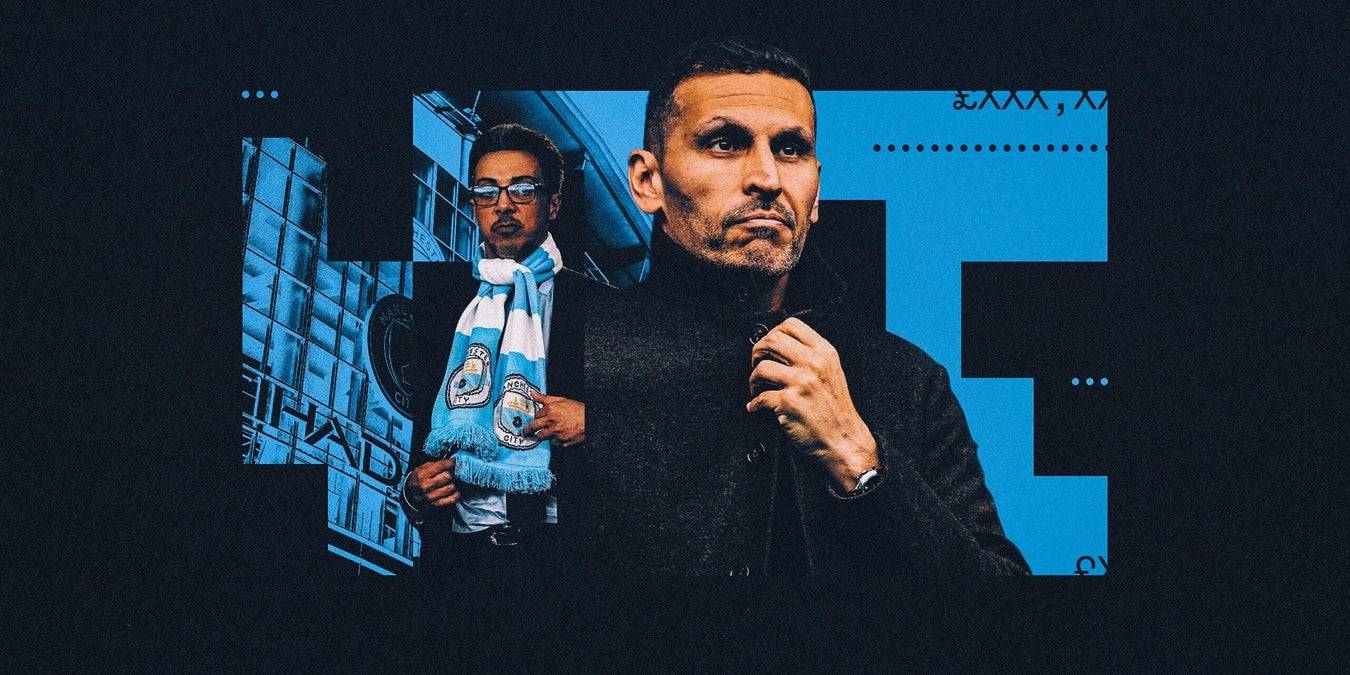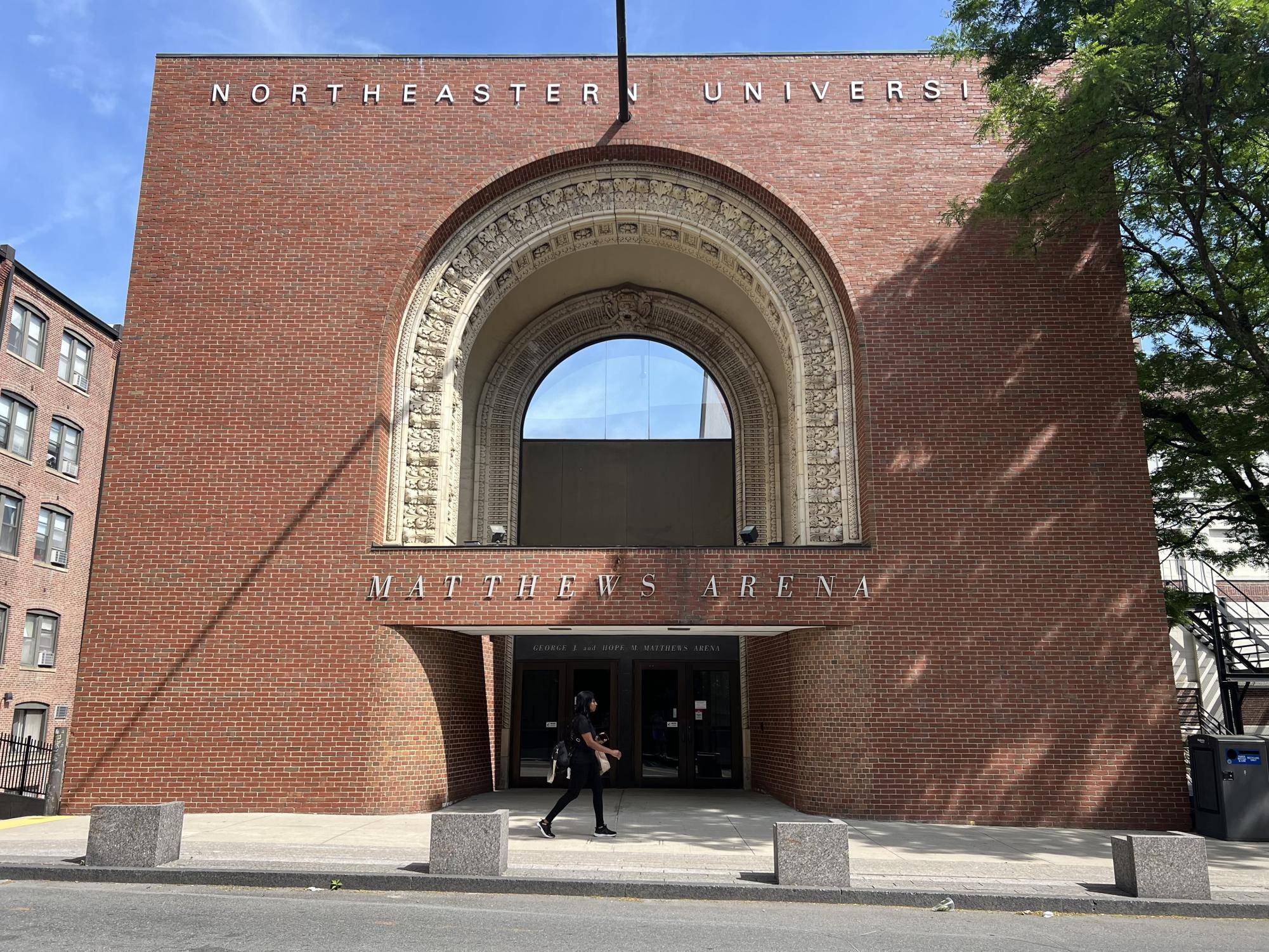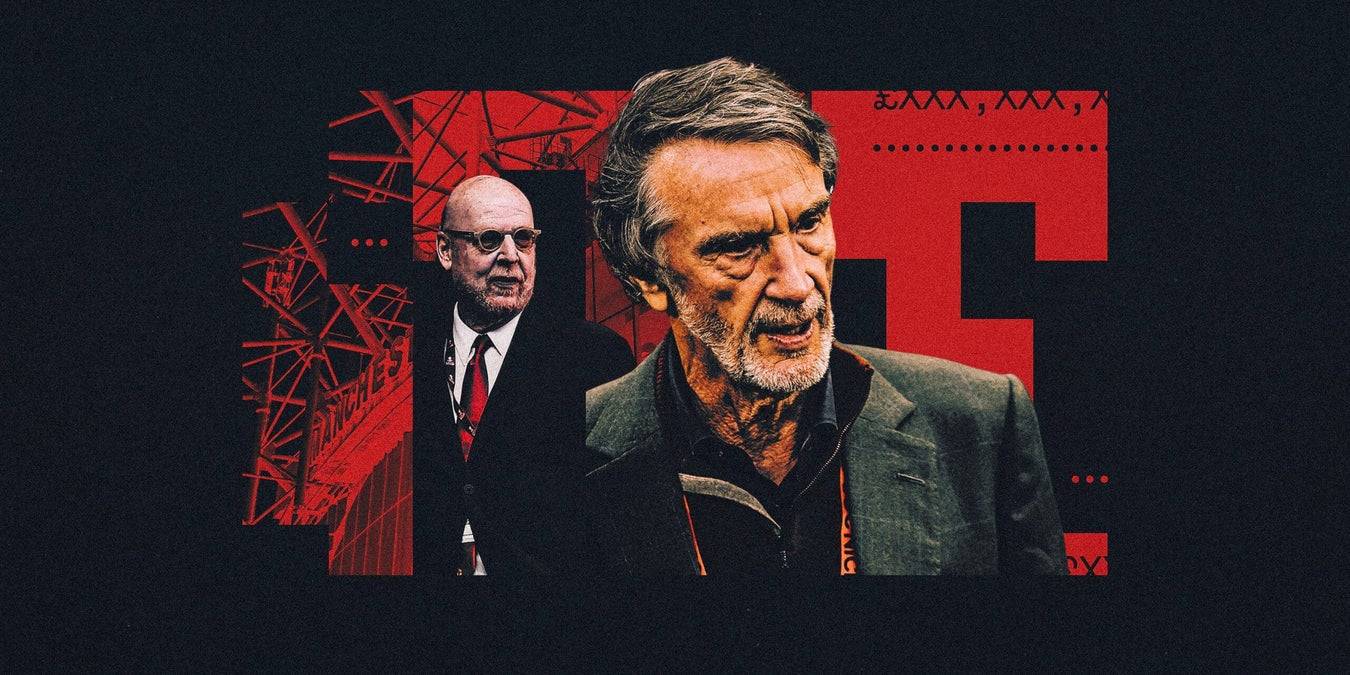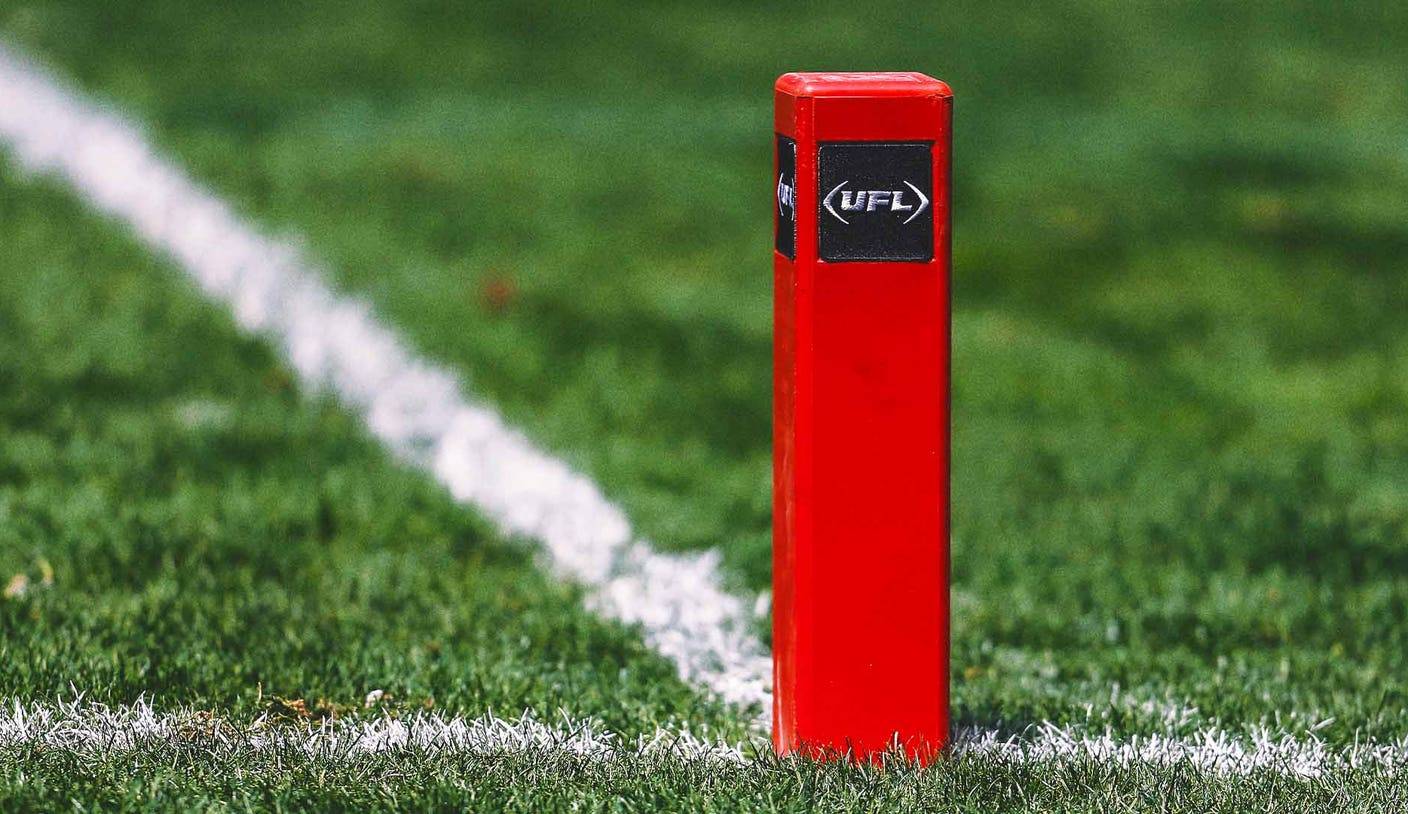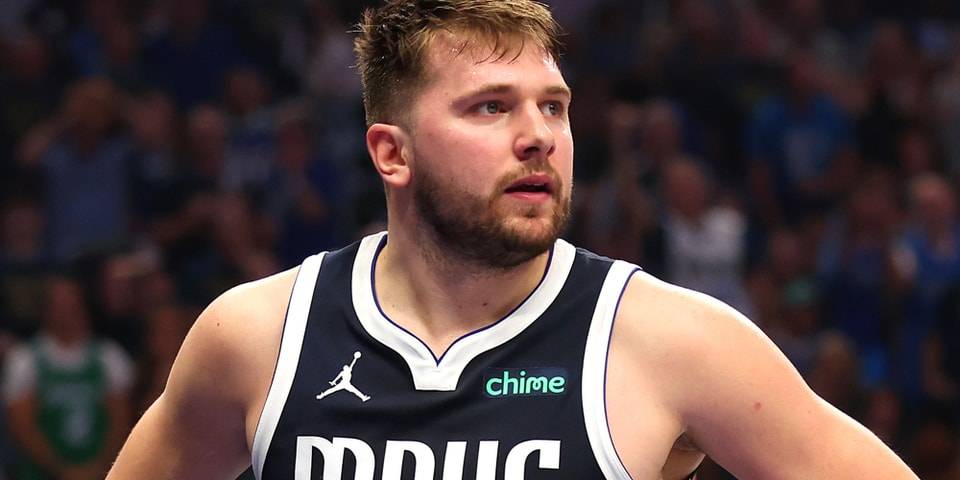The Game-Day Experience is Evolving for Blind and Low-Vision Fans
Groundbreaking technology is tearing down barriers, turning what was once an exclusionary environment into an immersive, accessible spectacle. From the tactile precision of OneCourt to the real-time vision of GiveVision, these innovations aren’t just about inclusion; they’re redefining how fans engage with their favorite teams.
OneCourt: Bringing the Game to Life
OneCourt has taken accessibility to another level, integrating live basketball action into an experience that can be felt and heard in real time. The system, now in use by teams like the Portland Trail Blazers and Sacramento Kings, translates every dribble, pass, and shot into audio cues and haptic feedback.
At Golden 1 Center, this technology ensures that spectators with visual impairments aren’t just passive observers but part of the action. It’s changing the way people connect with the game, bringing fans into the energy of each play with a level of detail that was previously impossible.
GiveVision: A New Standard in England
In England, Crystal Palace FC is setting a new standard for accessibility with GiveVision, a wearable device that streams live footage directly to users’ retinas. Running on a private 5G network, it eliminates broadcast delays, allowing visually impaired fans to experience the game in perfect sync with the crowd.
No more segregated seating or audio descriptions that lag behind the action. Now, fans can sit anywhere, celebrate in real time, and feel the electricity of the stadium without limitations.
The Business Case for Accessibility
Beyond the human impact, these innovations are also a strategic business move. Teams are expanding their reach, welcoming a new segment of fans who have long been overlooked. Studies show that nearly three-quarters of visually impaired sports fans avoided attending live events due to accessibility barriers.
By breaking these down, franchises are not just doing the right thing—they’re building a more dedicated, diverse, and engaged fan base.
The Future of Accessibility in Sports
The Sacramento Kings, among the frontrunners in this movement, are setting a precedent that other franchises can’t afford to ignore. Sports must evolve, and with more than a billion people affected by some level of vision loss worldwide, the demand for accessible technology will only grow.
The question now is whether the rest of the sports world will step up. Will more teams embrace this shift, making inclusivity the norm rather than a specialty feature?
A Cultural Shift in Sports
This is more than just technology changing the way fans experience the game. It’s a shift in sports culture itself—a move toward a future where no one is left out of the roar of the crowd.
For more on how innovation is reshaping the game, visit Epochedge Sports.

